The T&C Vanguards
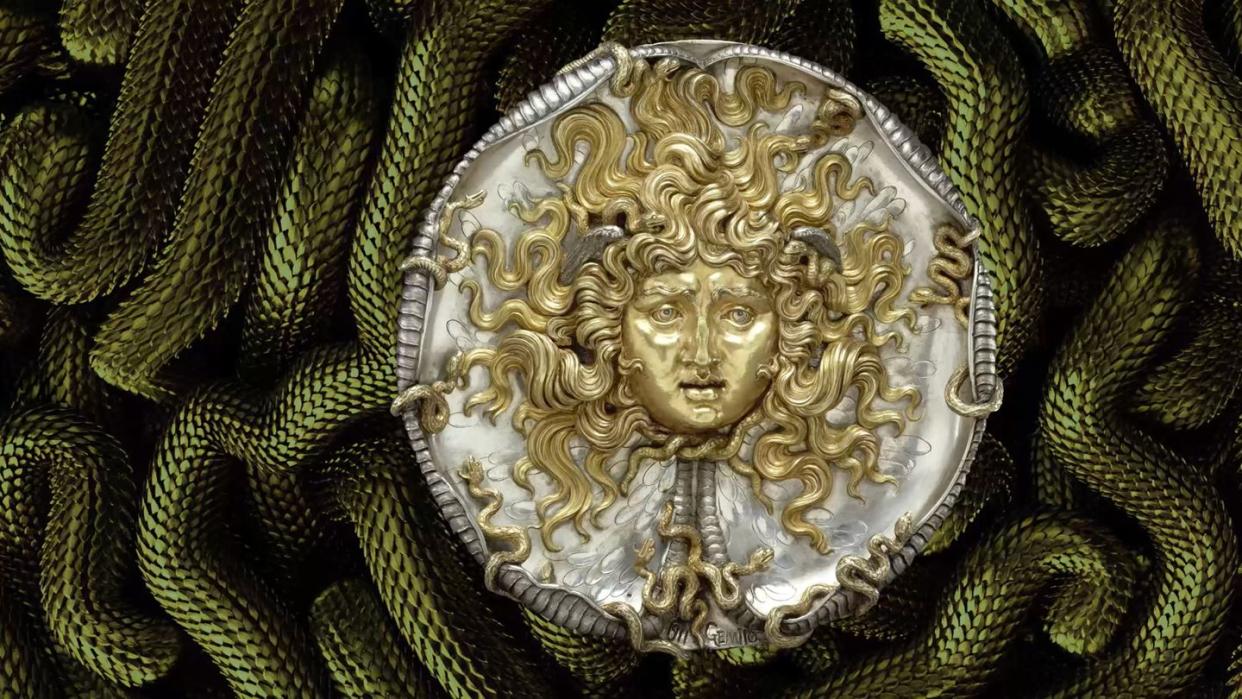
- Oops!Something went wrong.Please try again later.
"Hearst Magazines and Yahoo may earn commission or revenue on some items through these links."
Legends are made, not born, shaped by daring moves, and the courage to inspire, to evolve, to change themselves—and to change the world. Legends transform the way we think, the way we dress, the way we see ourselves and the world we live in. True legends are always vanguards—of history, of style, of culture, of the future. We celebrate them and their world-changing ways in this inaugural edition of the T&C Vanguards.
Chapter 1
The T&C Vanguards of History
Those snakes in Medusa’s hair? Symbols of her power, if you ask us. Her ability to stop people in their tracks and to repel evil may have once been feared, but now? Now we want to know all her secrets. She, and these other vanguards of history, defied their times, and often their circumstance, and refused to be defined by anyone other than themselves. They continuously evolved through triumphs and challenges and made history in the process. Look, and learn.
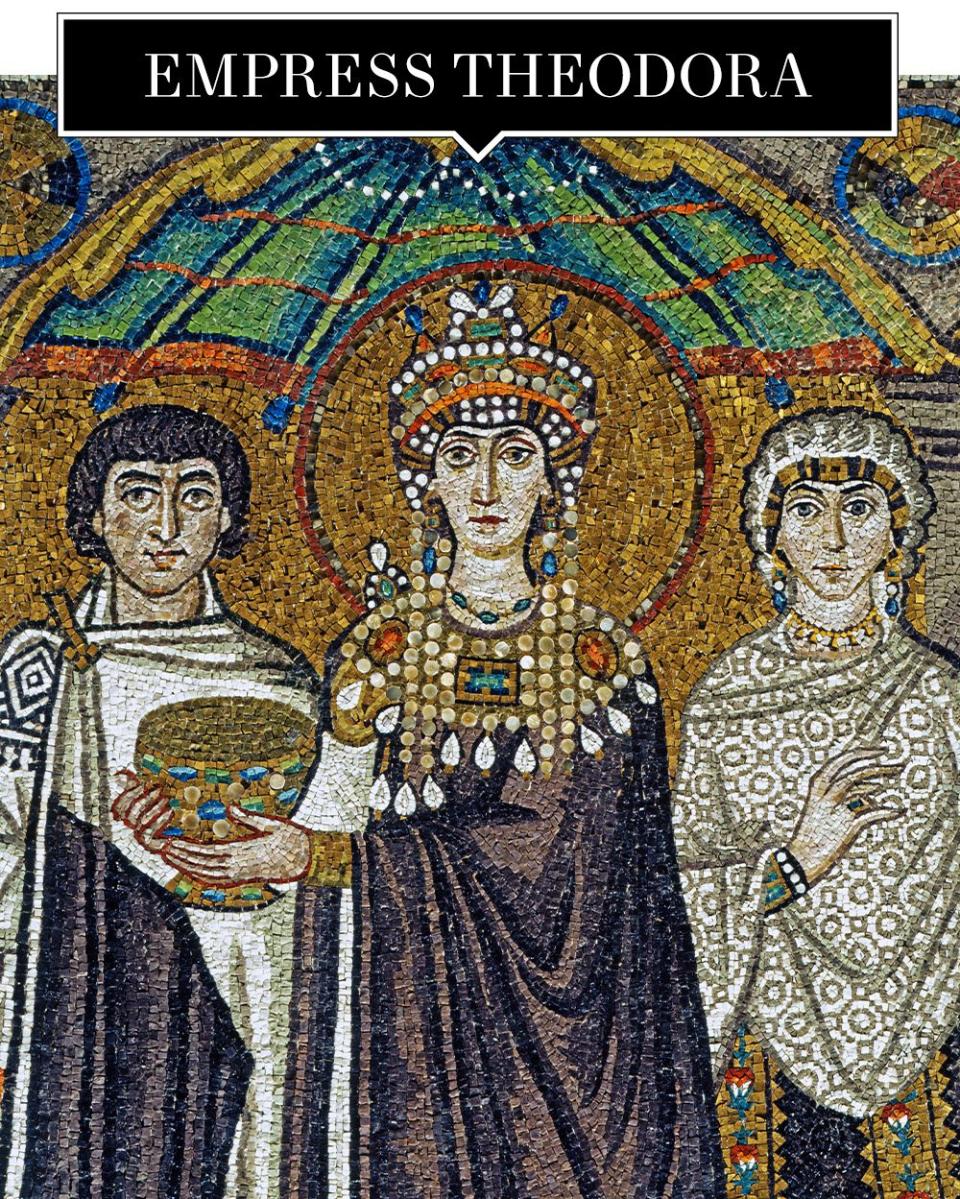
Meet Empress Theodora, the power woman of Byzantium. She ruled alongside her husband Justinian (creator of the Code of Justinian), was a fierce advocate for women's rights, and is reported to have kept her cool when those around her were losing theirs during war, revolt, and insurgency. She is revered as a Saint and memorialized in an icon in the Basilica of San Vitale in Ravenna. There, she is draped in jewels that telegraphed her strength and power. That mosaic, and her pearls and emeralds and gold, have served as inspiration for artists and jewelers for centuries—Judy Chicago left a place setting for Theodora in The Dinner Party. Also: She was from a family of actors, then considered an outcast class, and Justinian had to change the law in order to marry her. Given the role she played in the glory that was Byzantium, and the fact that almost all of the enlightened law passed during that time had her imprint, he was happy he did.

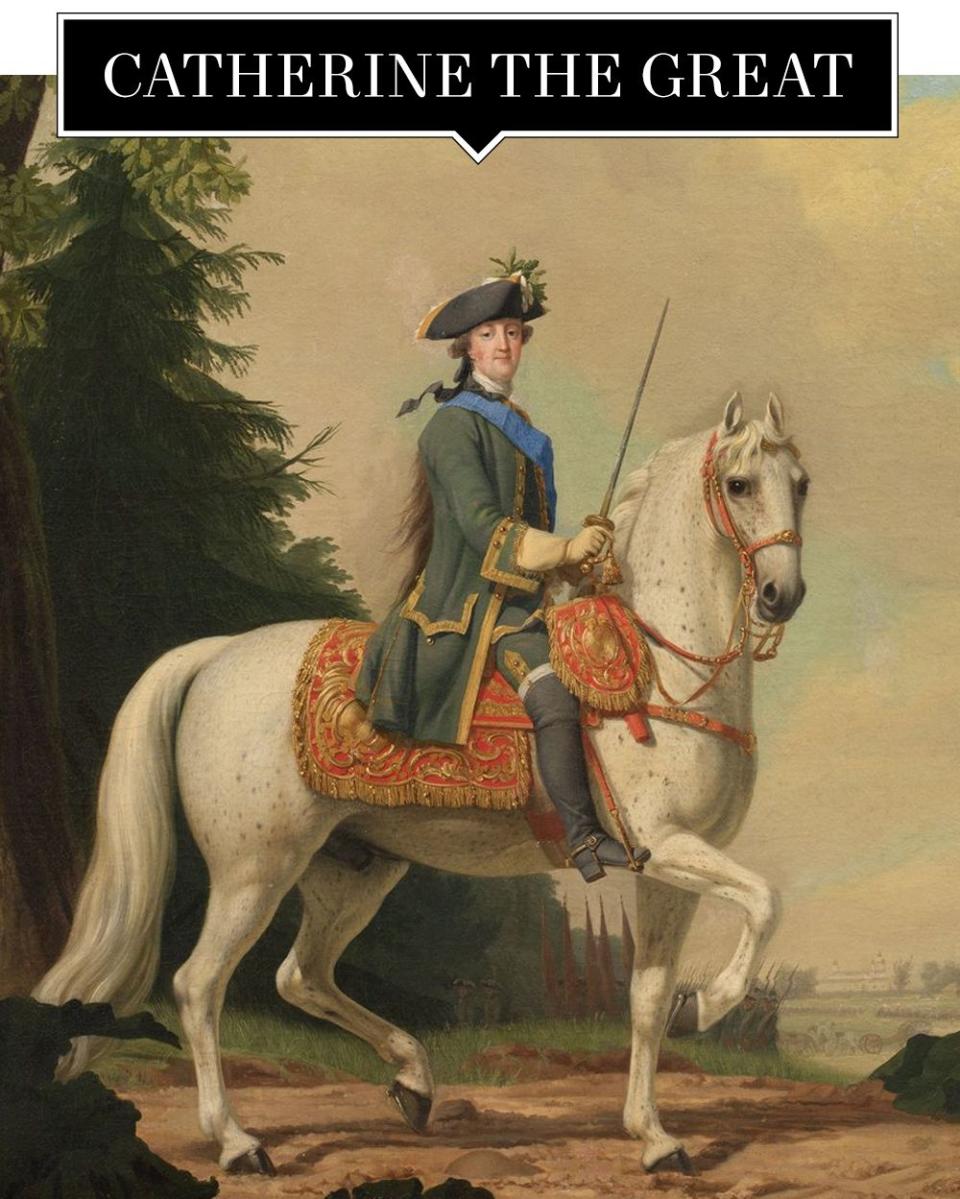
Never mind if it’s true or false, we love this story: legend has it that when she knew she would be facing an especially rough day with the generals she ruled over, Catherine put on more emeralds. It worked. As the longest reigning empress of Russia, Catherine faced down naysayers and frequent uprisings to bring modernity and progress to her empire, and to expand her territory more than almost any other ruler. She believed in the arts—the Hermitage was her idea—and in education reform and the principles of the Enlightenment (she was friends with Voltaire). During her reign she was the most powerful woman in the world. They don’t call her “The Great” for nothing.

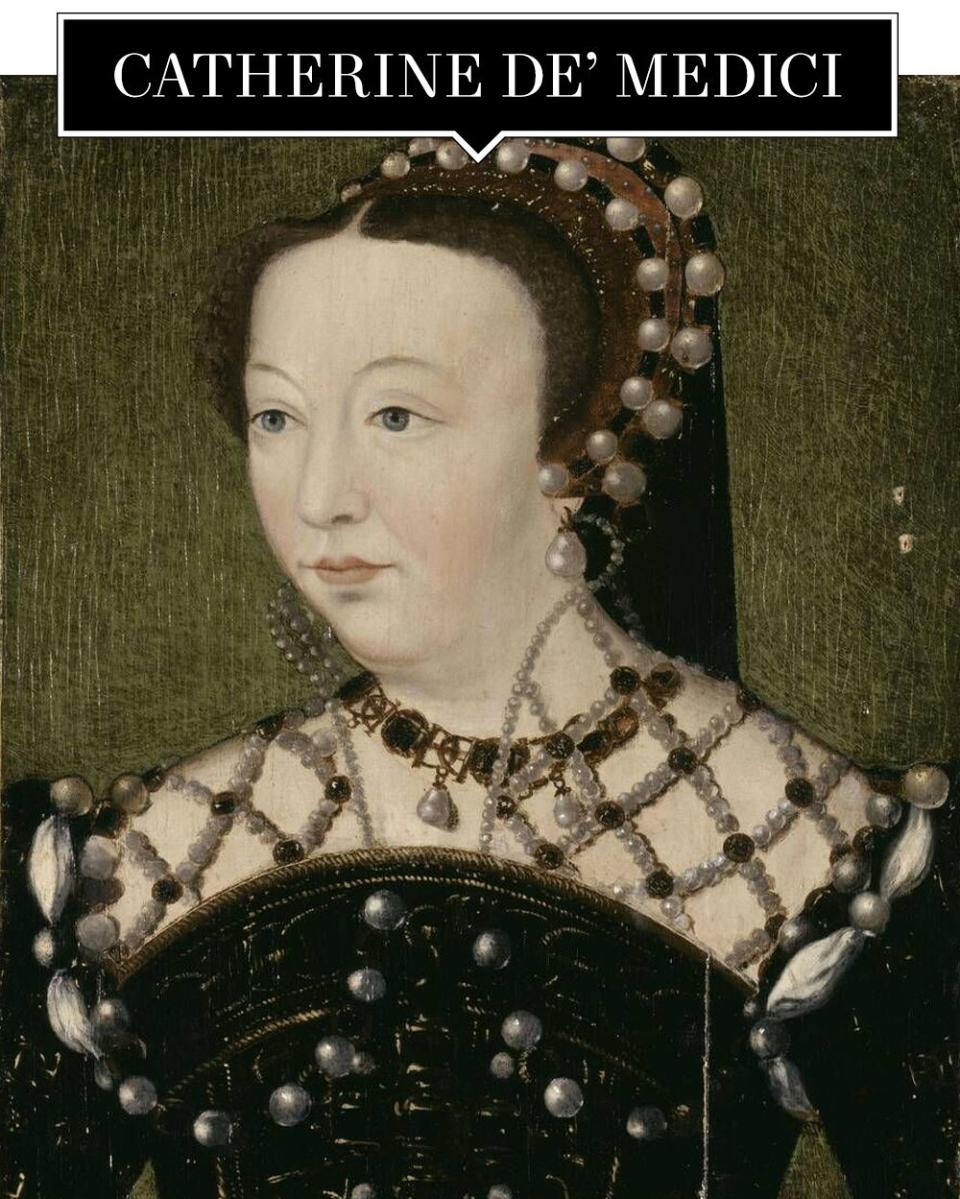
She has been called the Serpent Queen. That is not a bad thing. Snakes are charming and intelligent, long associated with powers of protection and wisdom—and royalty. Catherine was the wife of one king, the mother of three future kings, and, with her education and sharp mind, the de facto ruler of France for three decades. When her family’s power was threatened she came up with the plan to defeat their enemies. She pitted her rivals against one another, and in doing so, "had become an operator. It was a triumph of her personal diplomacy,” writes historian Sarah Gristwood in Game of Queens: The Women Who Made Sixteenth-Century Europe. She loved to build and was a great patron of the arts and of artists, and a highly talented woman herself. Her court festivals of performance are things of historical legend. She was, in modern terms, fierce. Which may explain the title of the Serpent Queen miniseries that revolved around her. “History,” says Samantha Morton, who portrayed Catherine in that miniseries, “writes women as 'evil' for just being incredibly clever and astute.” We agree.

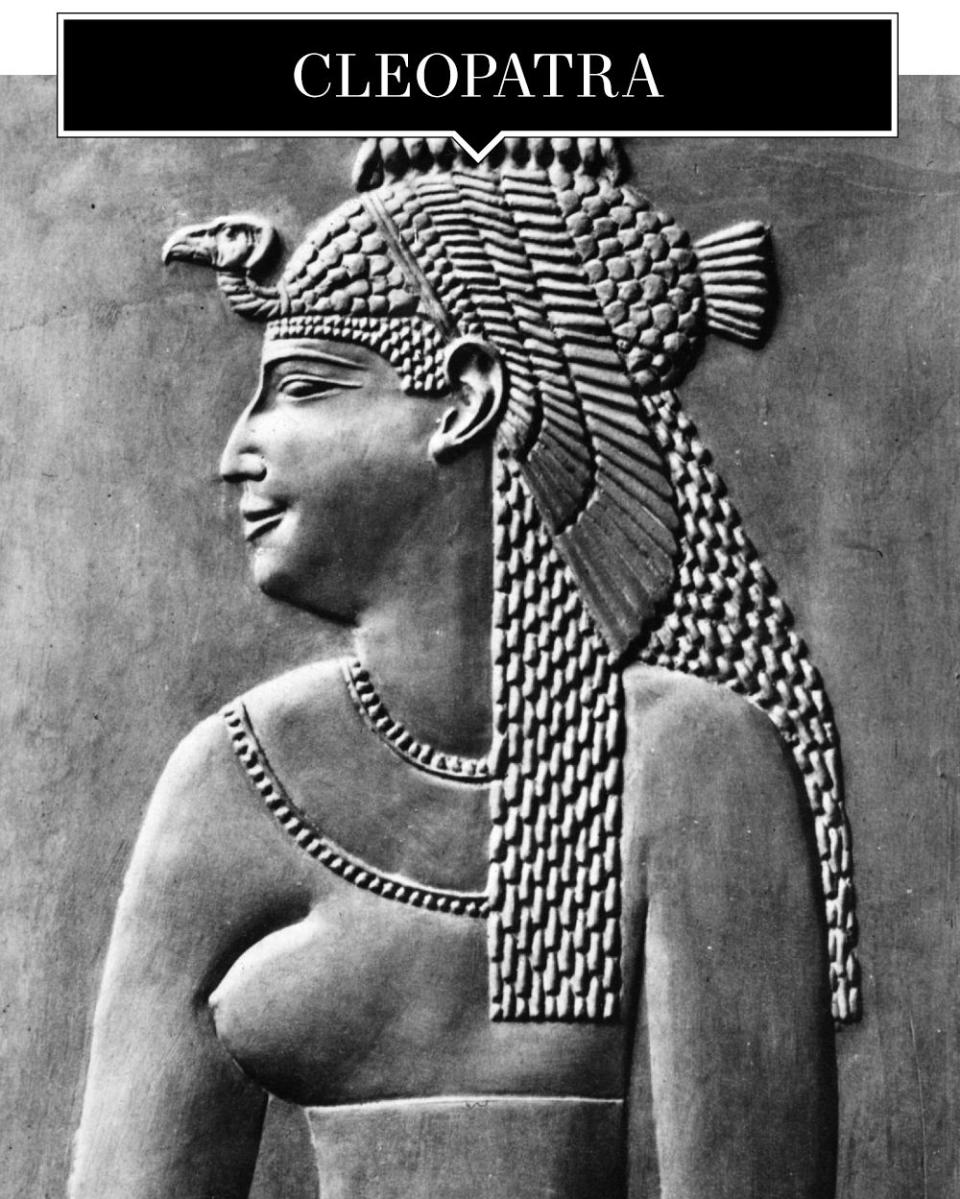
You might think immediately of Elizabeth Taylor, or of Marc Antony and Julius Caesar. We don’t blame you, but Cleopatra was, in fact, Queen of the Ptolemaic Kingdom of Egypt. She was a pioneer of personal branding (she fashioned her image after the goddess Isis) and a powerfully persuasive leader: after she was forced to flee Egypt for Syria she raised an army herself and went back to fight for what was hers. She reigned for 22 years, and is revered in certain cultures as a scholar and a scientist, and by painters and poets as an eternal muse. “I will not be triumphed over,” are words Shakespeare gave this Egyptian queen. And given our enduring fascination with her strength and beauty, she is, as we say, still winning.

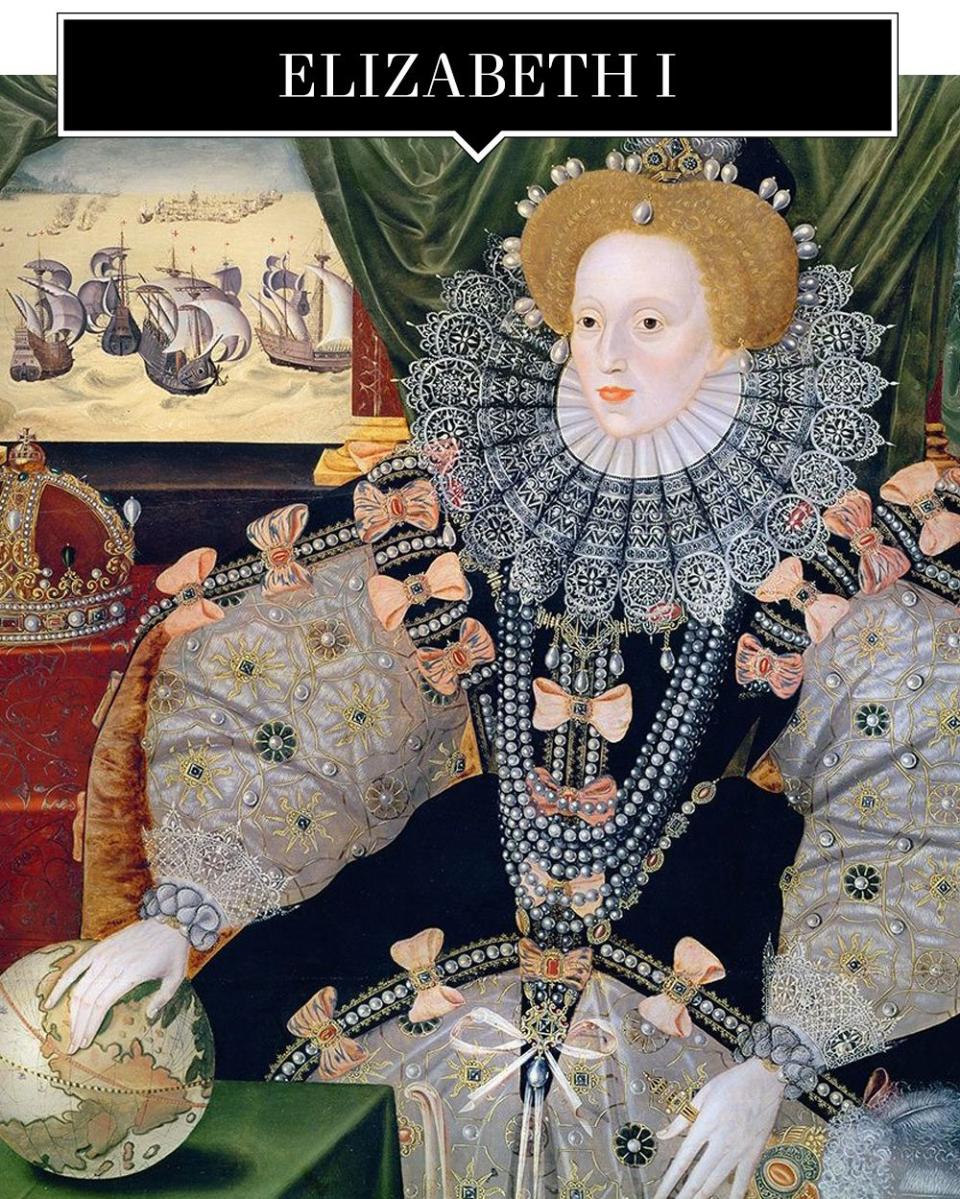
There is perhaps little explanation necessary for Elizabeth I’s inclusion in a list of vanguards. She reigned over England for 44 years during a period of military triumph (the Armada!) and artistic achievement (Shakespeare!). She was a keen strategist and an especially powerful molder of image—that of her own and of her beloved England. Elizabeth, like so many vanguards of history on this list, understood that the jewels she wore, the clothing she had on, the way she looked, and how she was depicted, were all instruments of her strength and rule. They became her lexicons of power. Nowhere is that more apparent than in what has come to be known as The Armada Portrait, seen above. She is draped in pearls, on her person and on her clothing, a clear symbol of the wealth of her reign, but also of access—England ruled the seas that allowed the treasures of the trade routes to be delivered directly back to her. Here they specifically are pointing to England’s triumph over Spain, a country which, thanks to expeditions to the New World, was particularly pearl-rich. They also connect her clearly and without question to a royal past: some of the pearls are said to have belonged to her mother, Anne Boleyn. That this portrait still dominates the cultural understanding of Elizabeth I speaks to how skillfully she manipulated her image—and how powerful one jewel can be in writing history.

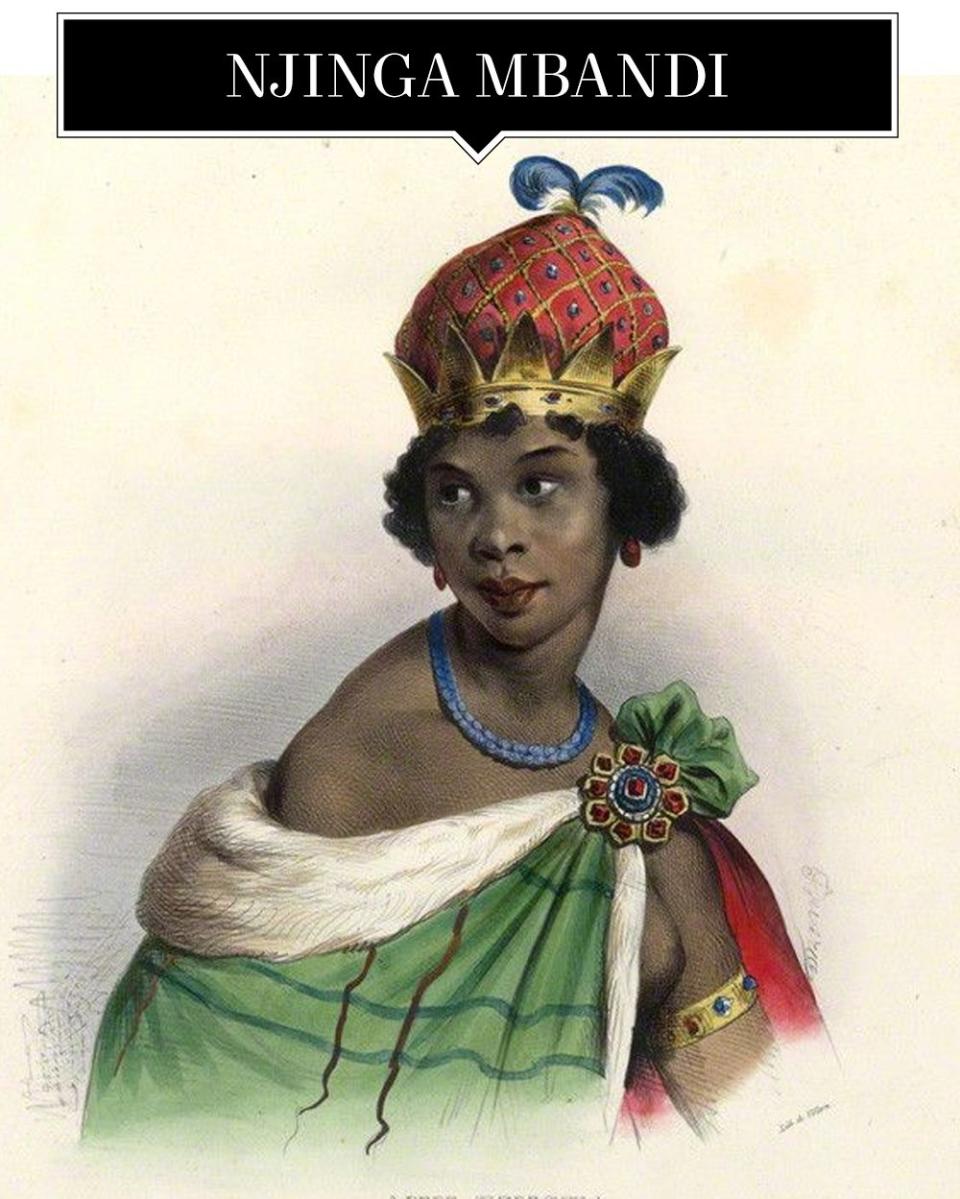
When it came time to attempt negotiations with the Portuguese after several years of battle, Ngola Mbandi, King of Ndongo, sent his sister to handle it. In 1624, she succeeded him, and her reputation as a fearless warrior and brilliant negotiator brought her exceptional support, especially from her army. The Portuguese, however, were not as happy. They continued to fight her rule and eventually succeeded in deposing her. But like all vanguards Njinga Mbandi did not allow that to be the way her story ended. She continued to fight and after almost 30 years of battle, Njinga once again became Queen of Ndongo and Matamba. Her enemies continued to try and depose—even assassinate—her, but they did not succeed. She died peacefully in December 1663. And her legend lives on.

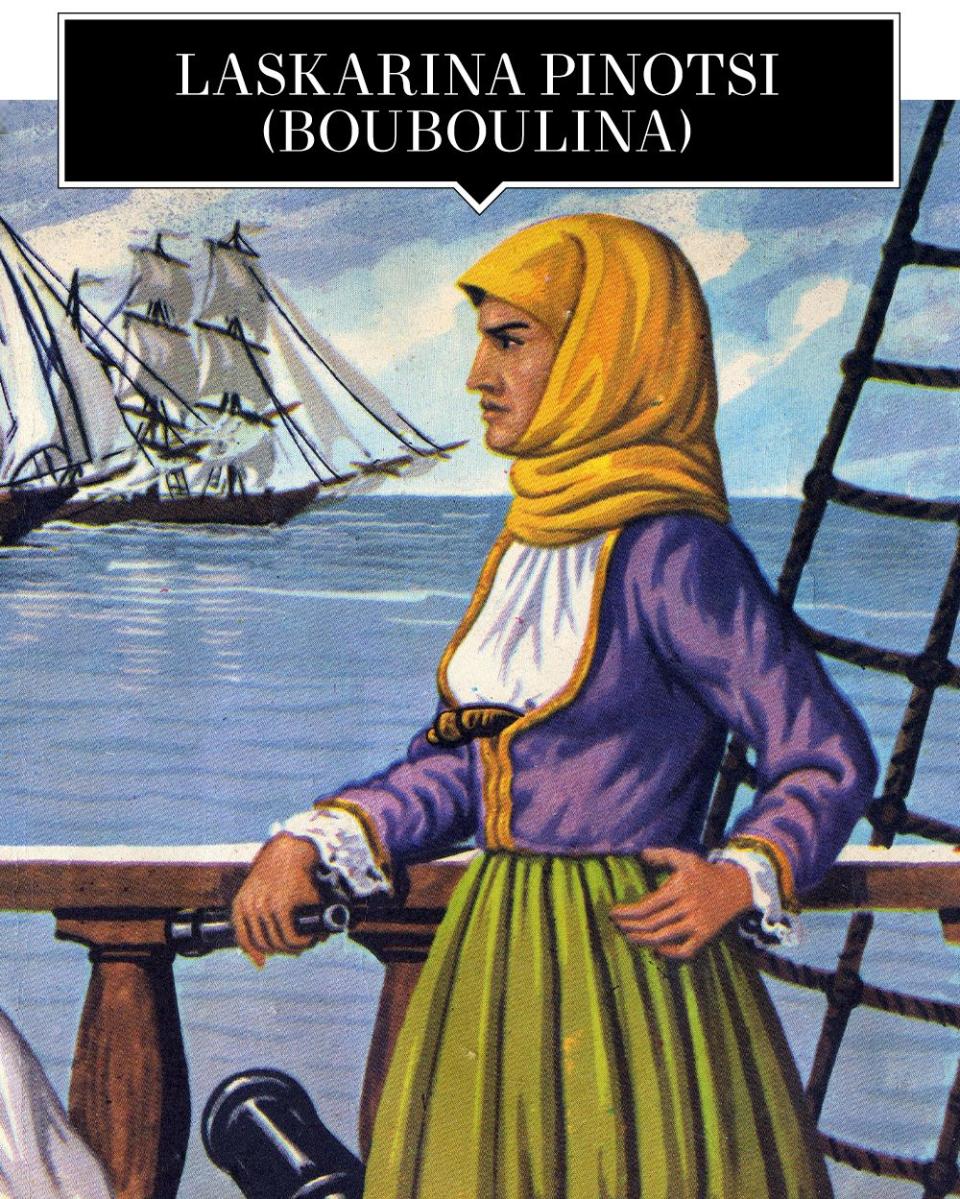
Vanguards do not stand by idly and let history unfold, they make it happen. See: Greek naval commander Laskarina Bouboulina, one of the heroes of the Greek Revolution of 1821, and, many believe, the first woman to achieve the rank of admiral. As a woman in the 19th century, she formed an armada of ships and bought arms and ammunition and joined the resistance. On March 13, 1821, she raised the first revolutionary flag on her ship, the Agamemnon, and commanded a fleet that contributed to several campaigns that led to freedom. A statue of her still stands proudly on the island of Spetses, a protector over all and a reminder of the power of action.

Stay tuned for Chapter 2: The T&C Vanguards of Style, coming soon.
You Might Also Like

